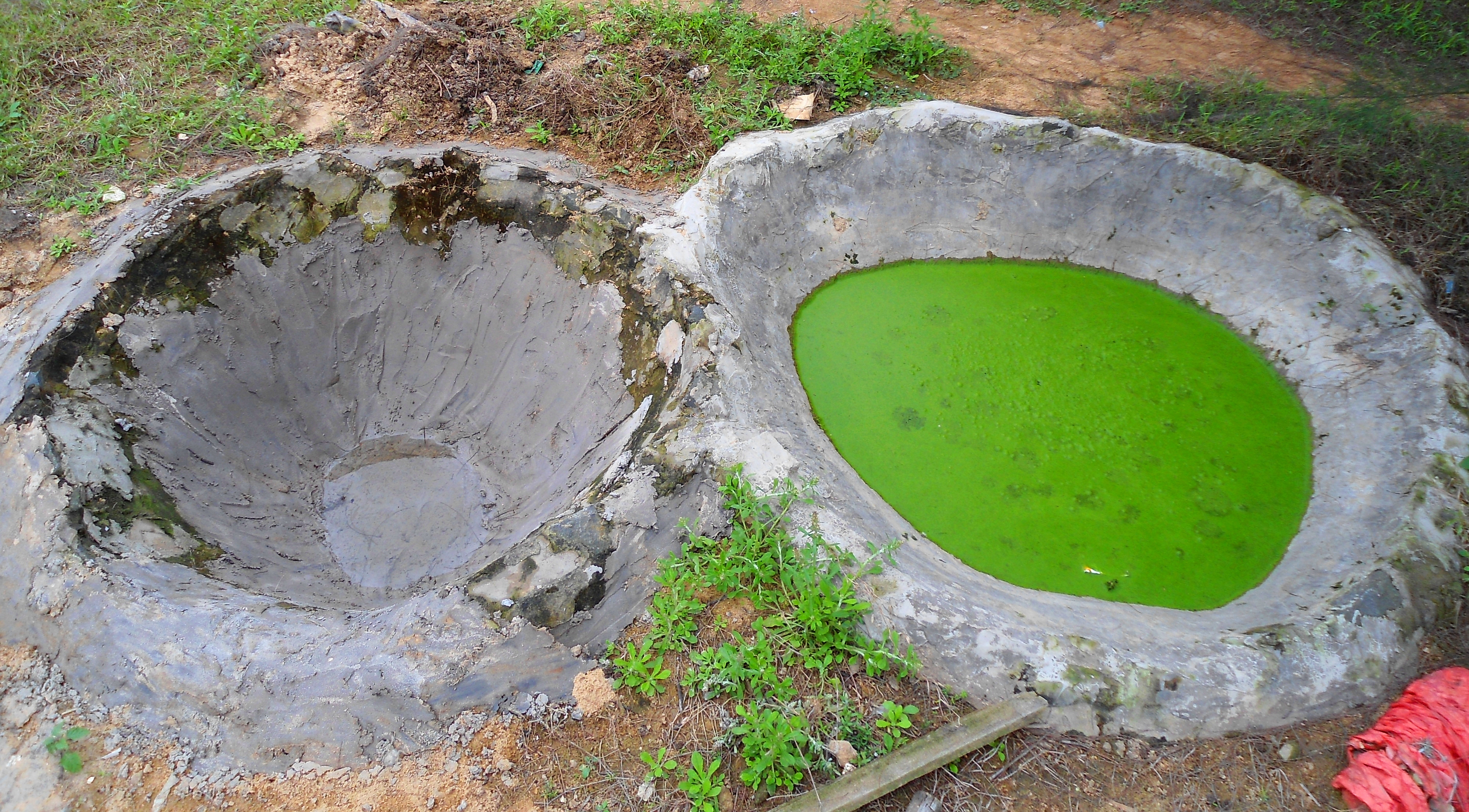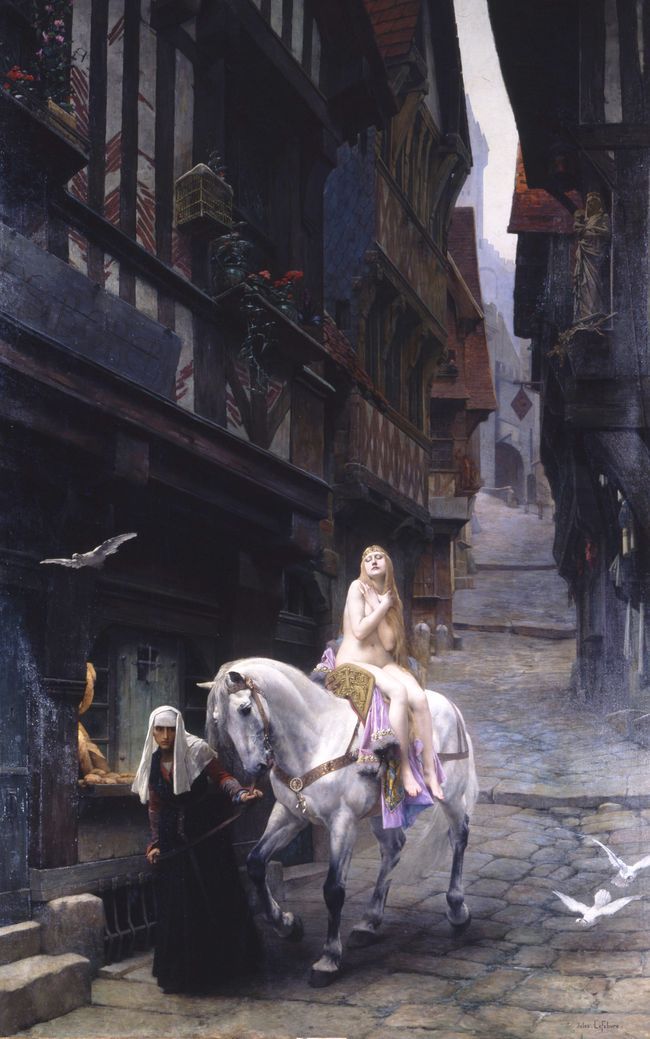|
Saffron Of L'Aquila
L'Aquila saffron ( it, Zafferano dell'Aquila) is a saffron product of cuisine of Abruzzo, Italy. It is traditionally cultivated in Navelli plateau and in Subequana Valley, in the Park Municipalities of Fagnano Alto, Fontecchio, Molina Aterno, Tione degli Abruzzi. Saffron was introduced in Italy from Spain in 13th century by a friar Dominican Order, Dominican belonging to the Santucci family of Navelli. The production in the Navelli Plain is favored by the karst of the soil, which avoids the stagnation of water which is unfavorable to the growth of the plant. Under its Italian name "Zafferano dell'Aquila" the product is registered as a Protected Designation of Origin since 4 February 2005, while the establishment of the '' Consortium for the Protection of Zafferano dell'Aquila '' dates back to May 13 2005. The name may only be used if it is produced according its specifications within the municipalities Barisciano, Caporciano, Fagnano Alto, Fontecchio, L'Aquila, Molina Aterno, Navelli ... [...More Info...] [...Related Items...] OR: [Wikipedia] [Google] [Baidu] |
Saffron
Saffron () is a spice derived from the flower of ''Crocus sativus'', commonly known as the "saffron crocus". The vivid crimson stigma and styles, called threads, are collected and dried for use mainly as a seasoning and colouring agent in food. Although some doubts remain on its origin, it is believed that saffron originated in Iran. However, Greece and Mesopotamia have also been suggested as the possible region of origin of this plant. Saffron crocus slowly propagated throughout much of Eurasia and was later brought to parts of North Africa, North America, and Oceania. Saffron's taste and iodoform-like or hay-like fragrance result from the phytochemicals picrocrocin and safranal. It also contains a carotenoid pigment, crocin, which imparts a rich golden-yellow hue to dishes and textiles. Its recorded history is attested in a 7th-century BC Assyrian botanical treatise, and has been traded and used for thousands of years. In the 21st century, Iran produces some 90% of ... [...More Info...] [...Related Items...] OR: [Wikipedia] [Google] [Baidu] |
Manure
Manure is organic matter that is used as organic fertilizer in agriculture. Most manure consists of animal feces; other sources include compost and green manure. Manures contribute to the fertility of soil by adding organic matter and nutrients, such as nitrogen, that are utilised by bacteria, fungi and other organisms in the soil. Higher organisms then feed on the fungi and bacteria in a chain of life that comprises the soil food web. History According to a Byzantine tradition attributed to Cassianus Bassus pig dung was generally not usable as fertilizer, except for almond trees. Similar views recorded by Columella were unrelated to the Islamic taboos of later centuries, though the medieval Andalusian writer Ibn Bassal and some later writers from Yemen also recorded negative effects of pig dung "burning" plants. Ibn Bassal described a sort of mixed manure with straw or sweeping mixed in as ', implying that was not composed of only manure. The sweepings from hot baths inc ... [...More Info...] [...Related Items...] OR: [Wikipedia] [Google] [Baidu] |
Pontius Pilate
Pontius Pilate (; grc-gre, Πόντιος Πιλᾶτος, ) was the fifth governor of the Roman province of Judaea, serving under Emperor Tiberius from 26/27 to 36/37 AD. He is best known for being the official who presided over the trial of Jesus and ultimately ordered his crucifixion. Pilate's importance in modern Christianity is underscored by his prominent place in both the Apostles' and Nicene Creeds. Due to the Gospels' portrayal of Pilate as reluctant to execute Jesus, the Ethiopian Church believes that Pilate became a Christian and venerates him as both a martyr and a saint, a belief which is historically shared by the Coptic Church. Although Pilate is the best-attested governor of Judaea, few sources regarding his rule have survived. Nothing is known about his life before he became governor of Judaea, and nothing is known about the circumstances that led to his appointment to the governorship. Coins that he minted have survived from Pilate's governorship, as well ... [...More Info...] [...Related Items...] OR: [Wikipedia] [Google] [Baidu] |
Legend
A legend is a Folklore genre, genre of folklore that consists of a narrative featuring human actions, believed or perceived, both by teller and listeners, to have taken place in human history. Narratives in this genre may demonstrate human values, and possess certain qualities that give the tale verisimilitude (literature), verisimilitude. Legend, for its active and passive participants may include miracles. Legends may be transformed over time to keep them fresh and vital. Many legends operate within the realm of uncertainty, never being entirely believed by the participants, but also never being resolutely doubted. Legends are sometimes distinguished from myths in that they concern human beings as the main characters rather than gods, and sometimes in that they have some sort of historical basis whereas myths generally do not. The Brothers Grimm defined ''legend'' as "Folklore, folktale historically grounded". A by-product of the "concern with human beings" is the long list o ... [...More Info...] [...Related Items...] OR: [Wikipedia] [Google] [Baidu] |
Stigma (botany)
The stigma () is the receptive tip of a carpel, or of several fused carpels, in the gynoecium of a flower. Description The stigma, together with the style and ovary (typically called the stigma-style-ovary system) comprises the pistil, which is part of the gynoecium or female reproductive organ of a plant. The stigma itself forms the distal portion of the style, or stylodia, and is composed of , the cells of which are receptive to pollen. These may be restricted to the apex of the style or, especially in wind pollinated species, cover a wide surface. The stigma receives pollen and it is on the stigma that the pollen grain germinates. Often sticky, the stigma is adapted in various ways to catch and trap pollen with various hairs, flaps, or sculpturings. The pollen may be captured from the air (wind-borne pollen, anemophily), from visiting insects or other animals ( biotic pollination), or in rare cases from surrounding water (hydrophily). Stigma can vary from long and sle ... [...More Info...] [...Related Items...] OR: [Wikipedia] [Google] [Baidu] |
Almond
The almond (''Prunus amygdalus'', syn. ''Prunus dulcis'') is a species of tree native to Iran and surrounding countries, including the Levant. The almond is also the name of the edible and widely cultivated seed of this tree. Within the genus ''Prunus'', it is classified with the peach in the subgenus ''Amygdalus'', distinguished from the other subgenera by corrugations on the shell (endocarp) surrounding the seed. The fruit of the almond is a drupe, consisting of an outer hull and a hard shell with the seed, which is not a true nut. ''Shelling'' almonds refers to removing the shell to reveal the seed. Almonds are sold shelled or unshelled. Blanched almonds are shelled almonds that have been treated with hot water to soften the seedcoat, which is then removed to reveal the white embryo. Once almonds are cleaned and processed, they can be stored over time. Almonds are used in many food cuisines, often featuring prominently in desserts, such as marzipan. The almond tree p ... [...More Info...] [...Related Items...] OR: [Wikipedia] [Google] [Baidu] |
Anther
The stamen (plural ''stamina'' or ''stamens'') is the pollen-producing reproductive organ of a flower. Collectively the stamens form the androecium., p. 10 Morphology and terminology A stamen typically consists of a stalk called the filament and an anther which contains ''sporangium, microsporangia''. Most commonly anthers are two-lobed and are attached to the filament either at the base or in the middle area of the anther. The sterile tissue between the lobes is called the connective, an extension of the filament containing conducting strands. It can be seen as an extension on the dorsal side of the anther. A pollen grain develops from a microspore in the microsporangium and contains the male gametophyte. The stamens in a flower are collectively called the androecium. The androecium can consist of as few as one-half stamen (i.e. a single locule) as in ''Canna (plant), Canna'' species or as many as 3,482 stamens which have been counted in the saguaro (''Carnegiea gigantea'' ... [...More Info...] [...Related Items...] OR: [Wikipedia] [Google] [Baidu] |
Petal
Petals are modified leaves that surround the reproductive parts of flowers. They are often brightly colored or unusually shaped to attract pollinators. All of the petals of a flower are collectively known as the ''corolla''. Petals are usually accompanied by another set of modified leaves called sepals, that collectively form the ''calyx'' and lie just beneath the corolla. The calyx and the corolla together make up the perianth, the non-reproductive portion of a flower. When the petals and sepals of a flower are difficult to distinguish, they are collectively called tepals. Examples of plants in which the term ''tepal'' is appropriate include genera such as ''Aloe'' and ''Tulipa''. Conversely, genera such as ''Rosa'' and ''Phaseolus'' have well-distinguished sepals and petals. When the undifferentiated tepals resemble petals, they are referred to as "petaloid", as in petaloid monocots, orders of monocots with brightly colored tepals. Since they include Liliales, an alternative na ... [...More Info...] [...Related Items...] OR: [Wikipedia] [Google] [Baidu] |
Flowers
A flower, sometimes known as a bloom or blossom, is the reproductive structure found in flowering plants (plants of the division Angiospermae). The biological function of a flower is to facilitate reproduction, usually by providing a mechanism for the union of sperm with eggs. Flowers may facilitate outcrossing (fusion of sperm and eggs from different individuals in a population) resulting from cross-pollination or allow selfing (fusion of sperm and egg from the same flower) when self-pollination occurs. There are two types of pollination: self-pollination and cross-pollination. Self-pollination occurs when the pollen from the anther is deposited on the stigma of the same flower, or another flower on the same plant. Cross-pollination is when pollen is transferred from the anther of one flower to the stigma of another flower on a different individual of the same species. Self-pollination happens in flowers where the stamen and carpel mature at the same time, and are positione ... [...More Info...] [...Related Items...] OR: [Wikipedia] [Google] [Baidu] |
Rain
Rain is water droplets that have condensed from atmospheric water vapor and then fall under gravity. Rain is a major component of the water cycle and is responsible for depositing most of the fresh water on the Earth. It provides water for hydroelectric power plants, crop irrigation, and suitable conditions for many types of ecosystems. The major cause of rain production is moisture moving along three-dimensional zones of temperature and moisture contrasts known as weather fronts. If enough moisture and upward motion is present, precipitation falls from convective clouds (those with strong upward vertical motion) such as cumulonimbus (thunder clouds) which can organize into narrow rainbands. In mountainous areas, heavy precipitation is possible where upslope flow is maximized within windward sides of the terrain at elevation which forces moist air to condense and fall out as rainfall along the sides of mountains. On the leeward side of mountains, desert climates can ex ... [...More Info...] [...Related Items...] OR: [Wikipedia] [Google] [Baidu] |









